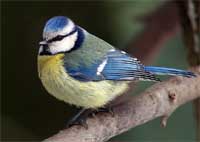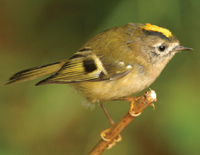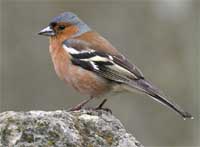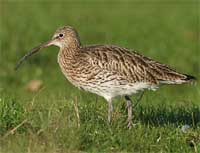
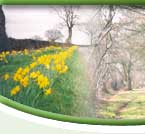
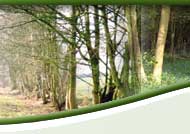
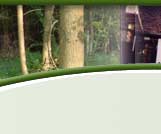
Feeding birds in the garden has become a popular activity as more of us have taken up the challenge to create gardens which are wildlife friendly. Over half of the adults in the UK are now feeding birds in their garden and although you don't need to know anything about birds to enjoy watching them, to be able to identify individual species makes things more interesting.
With this in mind, twelve folk set out on a warm summer evening in June, with field glasses at the ready, hoping to learn how to identify those ‘little brown jobs' which invariably fly off from the garden before the relevant bird book is found! We were not disappointed.
Stephen Warman of ‘Natural England ' met with us at St Mary 's Church and explained how important it was to listen to individual bird song. Many birds can be heard but not easily seen in the tree canopies, so knowing the different calls is very useful. He explained the differences between the song of various species and we were able to listen to the thin warbling song, of a goldcrest (a high 'zee-zee-zee' call) the UK 's smallest song bird, difficult to spot because of its size.
Our walk covered a distance of about three miles, out towards Bagginswood, finally returning via Ginny Hole to Stottesdon. It was surprising how many different birds were seen and heard during the walk – thirty in all!
For me, the bird most remembered is the curlew. Several were seen and heard, their evocative bubbling, trilling song, ringing out across the fields around Stottesdon.
The group arrived back at the village in plenty of time to quench their thirst at the local hostelry, an excellent evening - thank you Stephen!
With thanks to Liz Smith BIRDS SEEN AND HEARD
